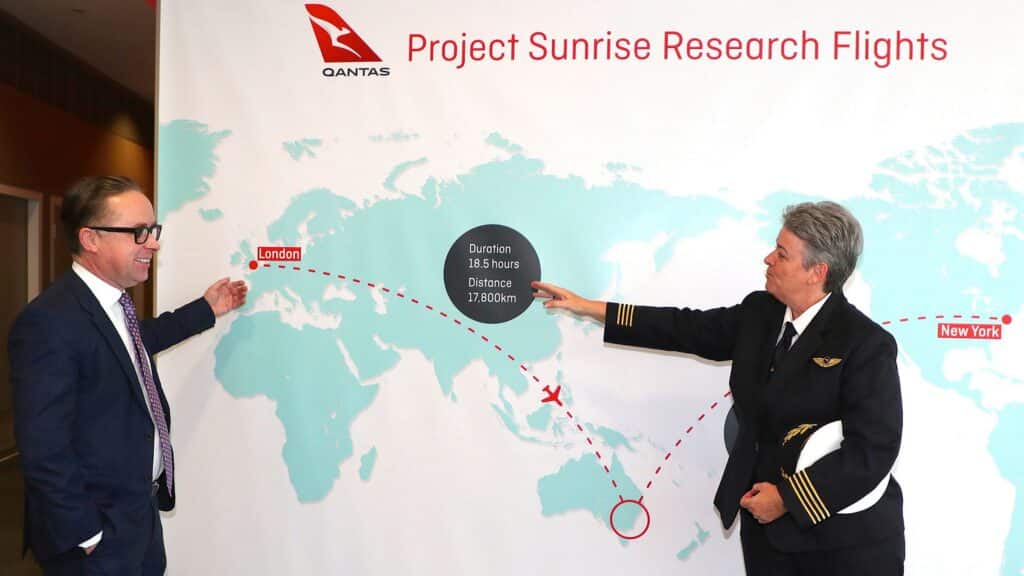The Air company Qantas announced a new project, called Sunrise, to make its long-haul flights a hotel-like experience. Its new Business Class and First Class seats transform into real cabins, to make flights from the east coast of Australia to Europe, which last from 18 to 22 hours, more comfortable.
What the CEO of Qantas Alan Joyce defines “the last frontier of global aviation” is actually a practically obligatory choice. As long as he supersonic passenger aircraft they will not return to service, increasing the range of subsonic flights is the only chance these companies have to stay afloat.

Flying hotel cabins, can it be done?
On a “pure” engineering level, a non-stop flight of 16.000 km (10.000 miles) is a reasonable goal. Planes like the Airbus A350-1000, giants with extraordinary performance, allow this without problems. If we think about the experience of the passengers, however, something like this is exhausting.
For such long flights, airships were still used at the beginning of the last century: they took from five to 10 days to cross the Atlantic. Airships offered a lot of space on board: they housed cabins, dining rooms, even smoking rooms.
Today the formula is not feasible. With the limited space available on modern jetliners, compromises are needed: that's why Qantas and other companies run for cover. These 52 new seats that become mini cabins are an interesting development. Perhaps less luxurious than an Emirates flight, but with highly practical solutions.
How they are made?


At present, the Sunrise project has developed 6 First Class and 46 Business Class seats with the advice of Safran, a style center specializing in design of this kind m
The former are small cabins with their own doors. They house a parallel rectangular bed next to the large seat, the inevitable maxi screen and quite a lot of storage and storage, including a pajama drawer. The whole thing is completed by a large console and a large monobloc dining table.
Business class seats also have their own doors, and end up being more “spartan” cabins. Same as above for the storage rooms, but no large bed: the seats make up surfaces more similar to bunks.
In any case, nothing remotely comparable with what we have seen so far: comfort is undoubtedly greater. Qantas indicates the future of civil aviation: experience first.
Even because the alternative is this.


